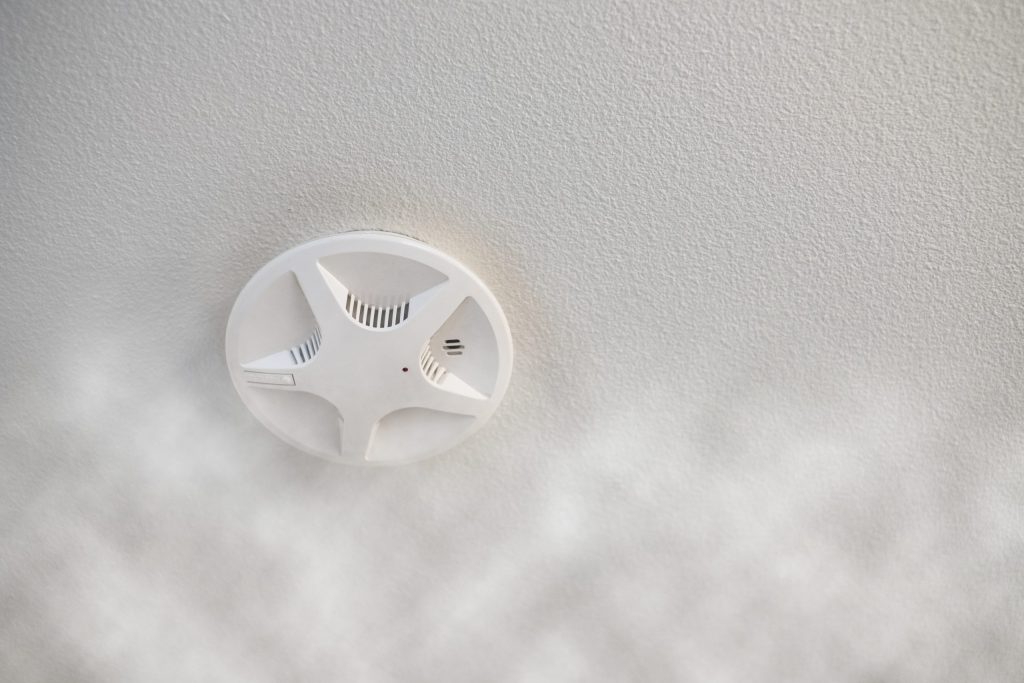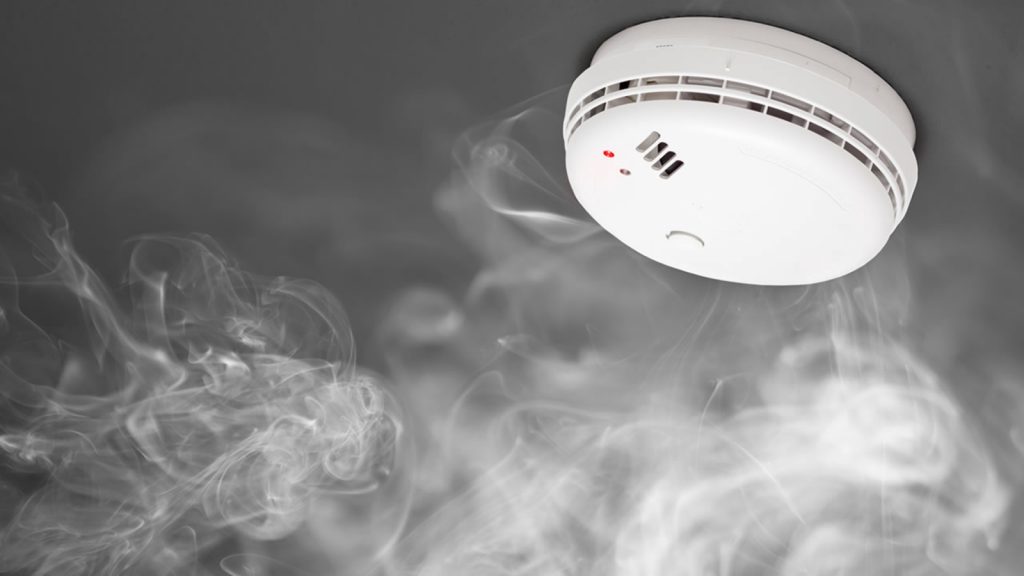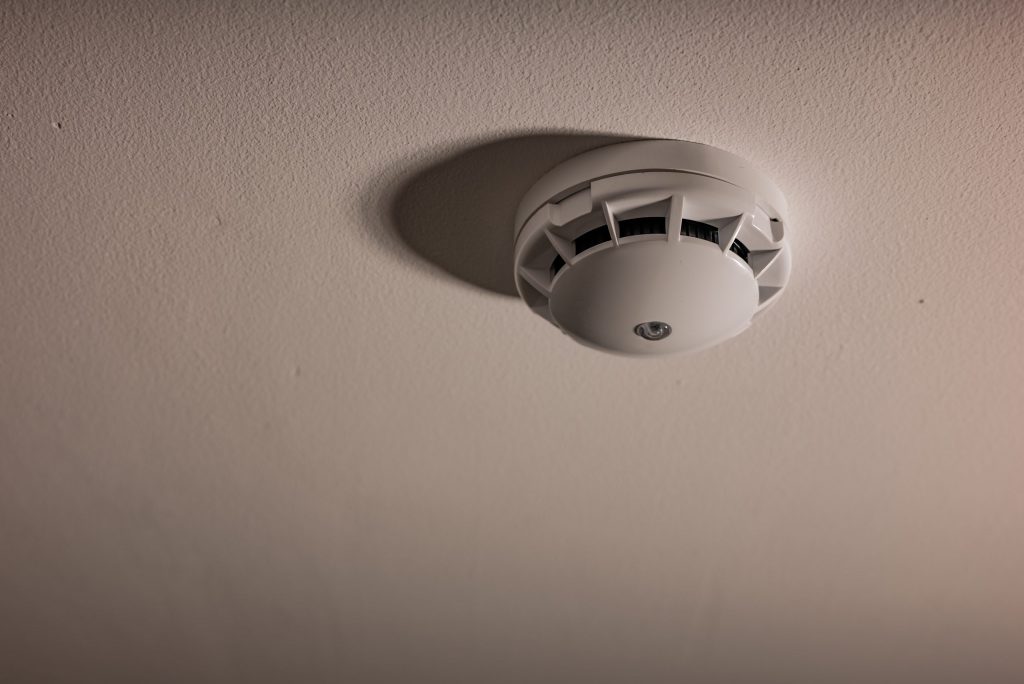QLD Smoke
QUEENSLAND SMOKE ALARM LEGISLATION
Discover how the new legislation affects you. Are you…:

Recently the Queensland Government passed the Fire and Emergency Services (Domestic Smoke Alarms) Amendment Act 2016. The amendments were introduced by the Queensland Government in response to the Coronial inquest into the devastating house fire at Slacks Creek in August 2011, which tragically took the lives of 11 people, including eight children.
The Government committed to fully implementing the changes to Queensland’s smoke alarm regulation regime recommended by the inquest. As a result, Queensland now has the most effective and comprehensive smoke alarm legislation in Australia.
It is crucial for sellers and landlords of residential properties to be knowledgeable of and compliant with the current legislative requirements.
The Fire and Emergency Services (Domestic Smoke Alarms) Amendment Act 2016
These new provisions apply to domestic dwellings where an application for a building approval is made after 31 December 2016 and the building work is a substantial renovation.
Building work will be a substantial renovation where work is carried out under a building approval for alterations to an existing building or structure; and the alterations, and any previous structural alterations approved or completed in the previous 3 years, account for more than half of the volume of the existing building or structure.
From 31 December 2021, these new requirements will apply to existing residential properties where a contract of sale is entered into or a tenancy is entered into or renewed. Failure to comply may result in a fine of up to $609.50.

These amendments also require that owners of residential properties, including landlords, replace smoke alarms under the amended requirements within 10 years after the manufacture date or if they fail when routinely tested. Failure to comply may result in a fine of up to $609.50.

Photoelectric alarms and compliance with Australian standards
The Parliament’s Legal Affairs and Community Safety Committee considered the Bill and made two recommendations which were accepted by the Government.
The first recommendation gave support to the installation of photoelectric alarms. Photoelectric smoke alarms are said to respond faster to smoke than other types of smoke alarms in house fires. From 1 January 2017, a photoelectric alarm will need to be installed whenever a smoke alarm is replaced or a new one installed.
The committee’s second recommendation was that smoke alarms comply with two Australian standards: AS 3786-2014 (S1) and AS 1670.6-1997 (S2). Existing legislation requires compliance with S1 but not S2. The government intends to incorporate the second standard into the Building Fire Safety (Domestic Smoke Alarms) Legislation Amendment Regulation (No. 1) 2016, which provides specific guidance for the positioning of smoke alarms, in relation to structural features of a home to ensure the best functionality. It also supports the interconnection of smoke alarms, their installation in bedrooms and the provision of continuous power to them.
By using regulation to govern the technical aspects of smoke alarm policy, the Government hopes to keep legislation reactive to technological change and developments in best practice in smoke alarm placement. This also means that these requirements may change at short notice and without public consultation.
Interconnection
Continuous power source
The Government suggests a continuous power source (such as hardwiring or a 10 year battery) reduces the risk of a smoke alarm being rendered useless due to flat batteries. These amendments will see new homes continue to be required to have hardwired smoke alarms installed and will introduce the requirement that all other homes have their smoke alarms either hardwired or powered by a non-removable battery with a 10year life
Positioning of smoke alarms
Conclusion
These changes commenced on 1 January 2017 and are to be phased in over a 10 year period. From commencement, if an existing smoke alarm needs to be replaced, it is to be replaced by a photoelectric smoke alarm.
New or substantially renovated homes will need to be compliant with the new smoke alarm provisions.
After five years from commencement, all dwellings that are sold or leased will need to be in compliance at the time an accommodation agreement, contract or sale is entered into.
All other homes will be required to be in compliance within 10 years of commencement.
For any further information or for a free no obligation quote contact Brisbane Smoke Alarms.
Changes to Queensland’s smoke alarm legislation
New smoke alarm legislation will make Queensland households the safest in Australia in relation to fire safety.
The new legislation specifies that all Queensland dwellings will be required to have interconnected photoelectric smoke alarms in all bedrooms, in hallways that connect bedrooms with the rest of the dwelling and on every level.
A 10-year phased rollout of interconnected photoelectric smoke alarms in Queensland will happen over three specific periods starting from 1 January 2017.
What does this mean for your home?
To comply with legislation, interconnected photoelectric smoke alarms are required:
- From 1 January 2017: in all new dwellings and substantially renovated dwellings (this applies to building applications submitted from 1 January 2017).
- From 1 January 2022: in all domestic dwellings leased and sold.
- From 1 January 2027: in all other domestic dwellings.
From 1 January 2022
- All homes or units being sold or leased, or existing leases renewed, will require hardwired photoelectric, interconnected smoke alarms. Non-removable 10-year battery smoke alarms can be installed in place
- Smoke alarms in the dwelling must:
- be photoelectric (AS3786-2014); and
- not also contain an ionisation sensor; and
- Be hardwired to the mains power supply, if currently hardwired. Otherwise, smoke alarms can be either hardwired or powered by a non removable 10 yr battery or a combination of both.
- be interconnected with every other smoke alarm in the dwelling so all activate together.
- The legislation requires smoke alarms must be installed in the following locations:
- on each storey
- in each bedroom
- if there is no hallway, between the bedroom and other parts of the storey; and
- if there are no bedrooms on a storey, at least one smoke alarm must be installed in the most likely path of travel to exit the dwelling.





